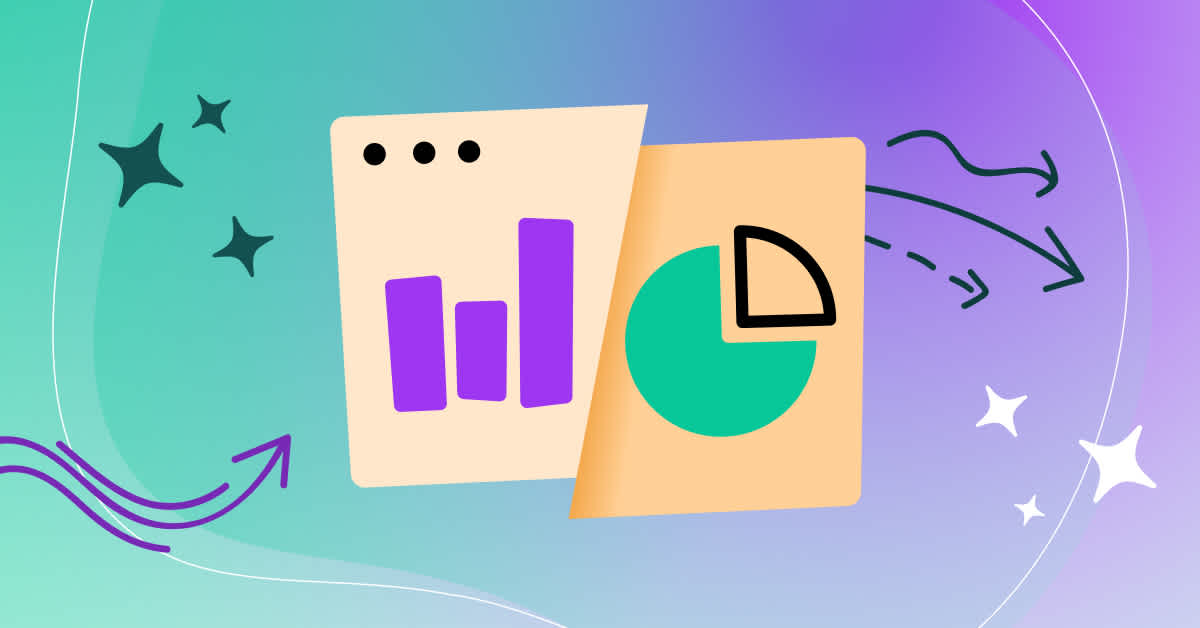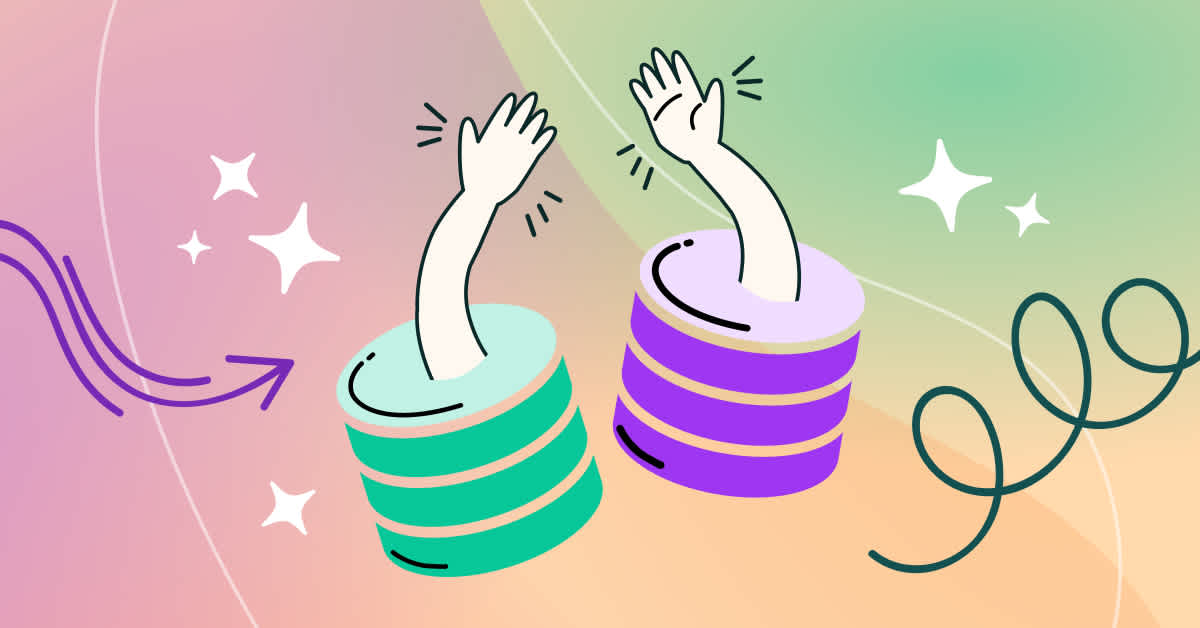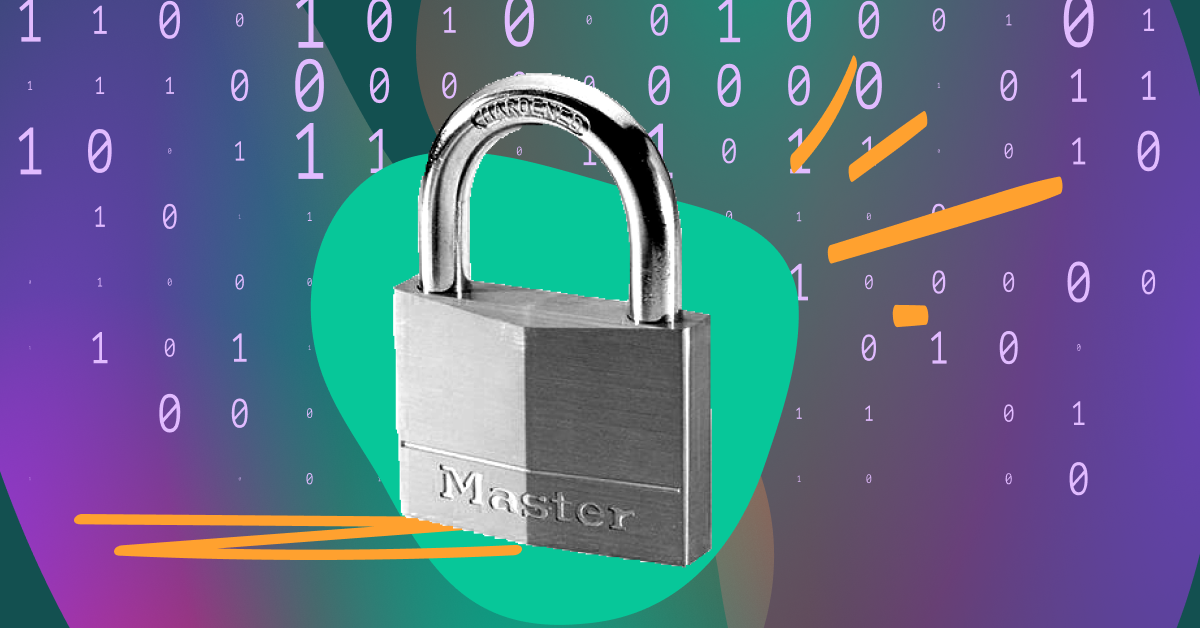AI agents aren’t some far-off, sci-fi imagining, they’re here, shaping how we interact with the internet. Tools like Open AI’s Operator or Google DeepMind’s Project Mariner are navigating sites like yours, executing tasks, and reshaping online interactions.
Brands have spent their entire online existence optimizing for human users, designing experiences around the way people browse, shop, and engage. But AI agents don’t browse; they execute. They don’t hesitate or get distracted by another tab; they move with one goal in mind. If your site isn’t built to recognize and adapt to this shift, you could be missing valuable opportunities, like making your site more accessible to those that will rely on operators, or opening yourself up to security risks.
In this article we’ll break down how AI agents are different from other site visitors, and equip you with ways to identify them when they land on your site.
The new kid on the block
Operators stand apart from bots and humans, but take cues from both. Bots follow scripts, sticking to set paths like search engine crawlers or spam tools. Operators, on the other hand (other keyboard?), are more advanced, adapting, learning and sometimes even mimicking human decisions. Humans, of course, are the wild cards, clicking around unpredictably, getting distracted, and engaging in ways that AI simply can’t replicate.
Supportive operators (or “good” operators for non-tech readers) include AI-driven customer assistants, research bots, and automation tools that enhance UX by making interactions smoother and more efficient.
Disruptive operators (“bad” >:( ) are data scrapers, competitor tracking bots, and fraud-motivated automation tools that manipulate engagement metrics or steal proprietary data.
With this in mind, let’s break down how to detect these AI users.
Signals and tips on detection
Behavioral patterns and anomalies
AI agents move differently from humans. Businesses can detect AI-driven activity by looking for patterns like:
Blazing-fast interactions: AI agents can fill out forms, click links, and complete transactions at speeds no human could dream of.
Repetitive behavior: While humans explore, AI follows direct, efficient paths—repeating the same actions over and over.
Suspiciously consistent sessions: Either too short or eerily uniform, AI sessions lack the natural variation of human browsing.
Ignoring distractions: No time for ads, pop-ups, or banners—AI agents focus only on the core functionality of a page.
Skipping optional steps: They breeze through forms and checkout flows, completing tasks in record time.
Unusual navigation paths: AI may jump unpredictably from one section to another in ways that make zero sense compared to typical user behavior.
Checking request IP address and metadata
Most AI agents leave behind digital breadcrumbs in their HTTP requests. You can spot them by analyzing:
Non-standard user-agent strings: AI tools often have identifiers that don’t match typical consumer browsers. Unlike traditional web crawlers, which usually announce themselves and follow guidelines like robots.txt, AI agents don’t have a consistent standard for identification—though ideally, that will change as the industry evolves.
Data center IP ranges: Requests originating from known cloud providers often fall within publicly documented IP ranges, signaling that the request is coming from a data center rather than a residential location. While not all requests are from AI agents, they indicate non-consumer traffic.
Bot detection tools
Traditional bot detection still plays a role in identifying AI-driven activity. Businesses can use:
CAPTCHAs and reCAPTCHAs: Identify non-human agents by introducing challenges that are difficult for bots but easy for humans.
Bot management platforms: Use a service to analyze traffic patterns and flag potential bots.
Monitoring API usage
AI agents can bypass browsing webpages altogether and interact with brands through APIs. Keep an eye out for:
High request frequencies: AI agents send far more requests than a human could.
Access attempts on endpoints not set up for users: AI might try to reach internal APIs that regular visitors wouldn’t use.
Odd or unexpected request payloads: AI-generated interactions may not align with typical user data.
Ethical flags by agents
With the rise of AI adoption, some developers are building in transparency measures. That can look like:
AI agents that openly identify themselves in HTTP headers.
Self-disclosing AI activity in logs: Some AI services provide information about their interactions for transparency.
Traffic and log analysis
Your website logs are a data goldmine. By analyzing them, you can:
Spot sudden, unexplained traffic spikes: AI activity often results in unusual traffic surges.
Identify repetitive access patterns: Look for clusters of near-identical requests from the same IP range, bursts of activity at fixed intervals, or repeated actions using similar information. For example, a credit card company recently detected 10,000 bot-driven prequalification applications originating from a single city. The bots used the same IP ranges, submitted applications in bursts of ~250 per IP, and followed identical interaction patterns—both in timing and the data they provided.
Our response to AI agents
Fullstory is keeping a close eye on AI agents and the way they’re changing digital experiences, and we’re actively working to help businesses stay ahead. Our engineering teams are exploring faster ways to detect AI-driven interactions, giving you a clear breakdown of who, or what, is on your site. Whether it’s differentiating helpful automation from disruptive bots or preventing AI-driven noise from skewing your data, we’re focused on making sense of this shift—so you don’t have to.
Keep up with the latest in AI and behavioral data with our curated resources.




